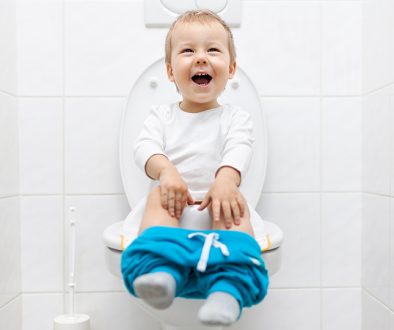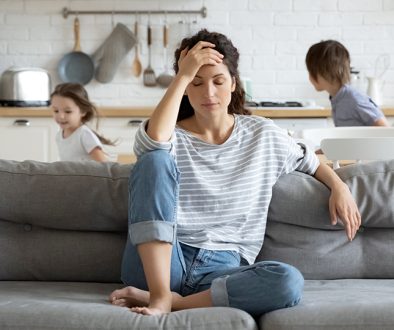When do children stop napping?
This will differ from child to child and the age varies greatly. Some children will be ready to stop napping by the age of two, while other children will continue to need naps up to the age of four and in some cases even later. The average age children say goodbye to nap time is around three to four years old.
So, how will you know when your child is ready to stop napping?
There are three clear signs to look out for which may suggest that the days of afternoon napping may be coming to an end. When deciding whether you should reduce the amount of time your child is napping or if you should drop the nap altogether, be on the lookout for these three tell-tale signs:
1. Your child is taking longer to fall asleep at naptime
If your child takes a long time to fall asleep during their afternoon nap and does not seem tired when nap time comes around.
2. Your child is taking longer to fall asleep at bedtime
If your child is starting to take a long time to fall asleep at bedtime and generally doesn’t seem tired when bedtime rolls around, it may be time to either reduce the amount of time spent sleeping in the afternoon or stop the nap completely.
3. Your child is starting to skip naps
If your child is starting to skip naps at the weekend or while away and is showing no negative side effects, e.g. they are not cranky and don’t become exhausted, this is a good sign that they are ready to transition away from daytime napping.
How can we transition away from napping?
The first step would be to reduce the amount of time your child sleeps during their afternoon nap. If they are currently sleeping for two hours during the afternoon, this time should be slowly reduced, and effects monitored. If your child handles this transition well, reduce again until the naps are stopped all together. Remember, slow and steady wins the race. Keep in mind that you may need to adjust bedtime to ensure overall amount of daily sleep stays consistent. Two-year-olds need 12-14 hours of sleep, whereas 3-year-olds only need between 11-13 hours.
What’s next?
When stopping naps, it is a good idea to replace this sleeping period with some rest time. Put on some relaxing music and have some calm time where your child is able to recuperate before being more activity again in the afternoon.
Here are a few ideas for rest time activities:
Read a book together or give your child the opportunity to look at some books independently.
Try out some yoga or mindfulness activities – research has found that these activities have great benefits for children as well as adults, including lowering anxiety and stress and increasing positive moods.
Draw, write, colour or paint together!
Talk about your day and what you are going to do in the afternoon.
Build with blocks, put together a puzzle or pretend play with puppets and teddies.
Our childcare experts will work with you to ensure that your nap time strategy works. Together you can develop a plan and we will support your little one through any transition periods.



